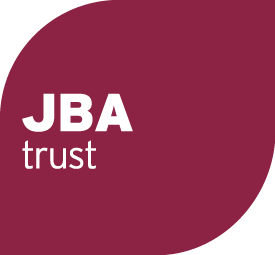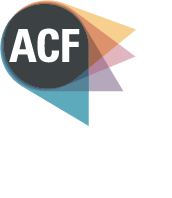Learning about communicating flood risk during work experience placement
Work experience student, Abigail Brook-Petty, joined the JBA Trust for a week to learn about how new visualisation techniques can help people learn about flood risk.
Abigail writes about her experiences during the week.
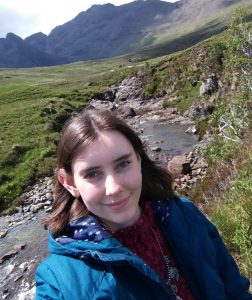 I am currently a second year Geography undergraduate from York St John University and I joined JBA Trust for a week’s work experience during the summer. I chose JBA Trust as I am interested in flood risk and hydrology and wanted to gain some insight into what is involved in working in such a field.
I am currently a second year Geography undergraduate from York St John University and I joined JBA Trust for a week’s work experience during the summer. I chose JBA Trust as I am interested in flood risk and hydrology and wanted to gain some insight into what is involved in working in such a field.
On 23 July 2019, Alex Scott from JBA Trust along with Dr Gary Priestnall from the School of Geography at the University of Nottingham delivered sessions to 16-18-year old students attending a summer school hosted by the British Ecological Society. 31 students who are currently studying science subjects at A-level in schools around the country attended the summer school at Malham Tarn Field Studies Centre to further their interests in subjects such as biology and ecology.
As well as raising awareness and engaging the students in the topic of flood risk, the sessions also aimed to help assess how effective the Projection Augmented Relief Model (PARM) model is at communicating flood risk to a wider audience. The students were introduced to a PARM model of Skipton and shown different ways of how flood risk can be mapped. There were two sessions during the day each lasting an hour each.
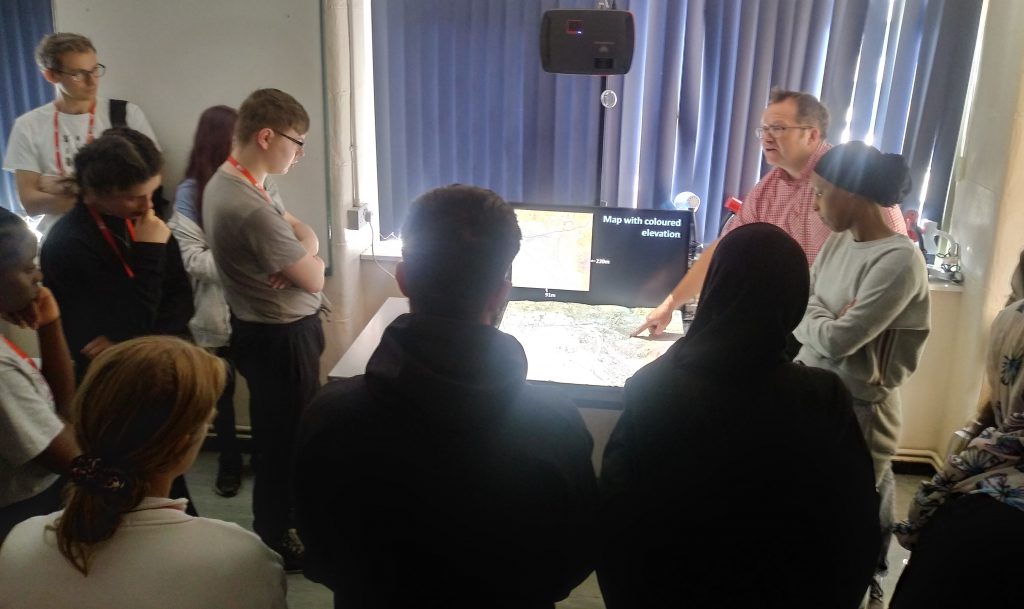
The PARM model prompted students to think about the benefits of 3D models as opposed to 2D paper maps in identifying different flood risk scenarios. This was done through a worksheet that was completed by the students which involved identifying features in the area of Skipton on a paper OS map. They then had the chance to see the same area on the PARM and compare how easy it was to identify the same features on a 3D model. Students also had the chance to use the model for themselves and explore the different information it shows, such as local landmarks.
Despite the soaring temperatures the students were engaged by the demonstration and were proactive in asking questions and contributing their thoughts. Students appeared to be interested in learning about flood risk, particularly the ways we can predict flooding.
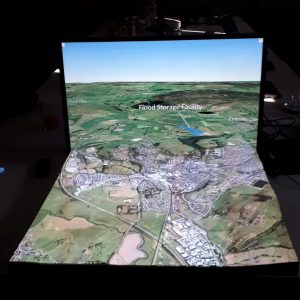 It is important that young people are aware of the risks posed by flooding so engaging young people is key. It is hoped these models will go some way to achieving this. At the end of each session students were asked to complete a questionnaire to help evaluate the success of the sessions and establish which areas the students were most interested in.
It is important that young people are aware of the risks posed by flooding so engaging young people is key. It is hoped these models will go some way to achieving this. At the end of each session students were asked to complete a questionnaire to help evaluate the success of the sessions and establish which areas the students were most interested in.
Helping at the sessions was interesting as I am new to 3D flood models and so the sessions were a chance to learn about them and what the applications are for such models. Seeing the PARM in action meant I was able to get an insight into flood risk modelling is delivered in the UK. It also allowed me to learn about what the JBA Trust does to educate people about flooding and the ways this information can be made accessible to the public.
During my week’s placement here, I have had the chance to apply some of the skills I have learnt during my degree to real life projects such as analysing the data provided by the students on the questionnaires. It has also allowed me to further explore future career options in this sector and identify what I need to do to pursue these options. I have enjoyed my week here at JBA and have gained experience I hope to build on in the future.
